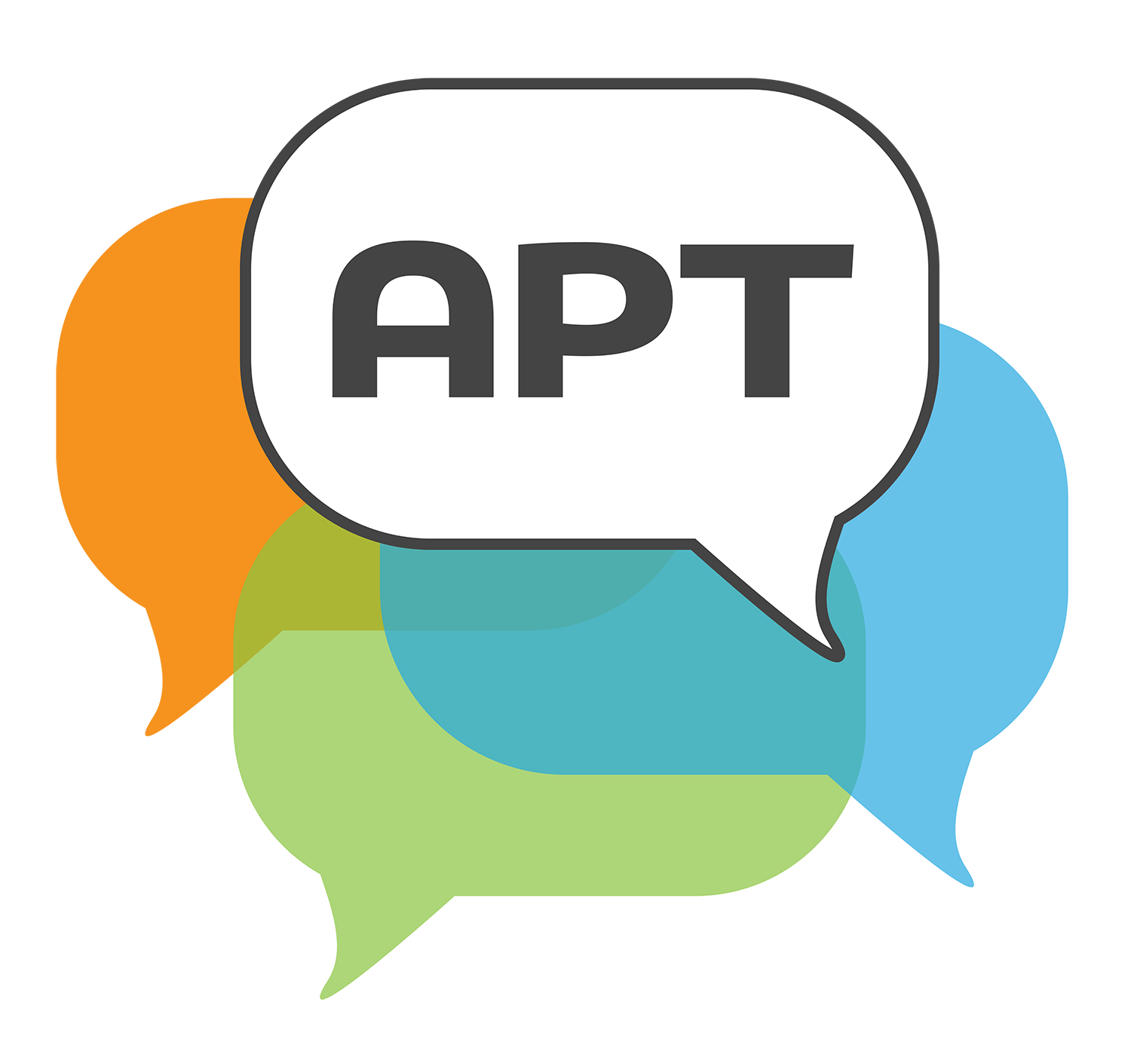Pioneer Girl: Growing Up on the Prairie
Language Arts • Elementary
Selected segments with commentary below » Full video viewable here.
At the beginning of this video, students are sitting alone in a group discussing a text about life as a settler on the U.S. prairie. As the teacher is not present, students take responsibility for asking each other questions about the text and responding. Shortly into the video, the teacher joins the group. Notably, she slips in without taking over the discussion by asking a new question or requesting that the students fill her in on what she might have missed. This allows the students to maintain control over the flow of the discussion.
As the students continue to discuss the text, we can observe that the discussion is indicative of academically productive talk. For example, around 0:30, a student asks their peers to speculate about what might have happened if children did not have to help on their family’s farm. This requires the students to think about what they learned in the text and consider alternate possibilities. In their responses, students make claims about how they think things might have been different and provide reasons and evidence to support why they think that.
The discussion in this section also involves students connecting their own feelings and experiences. Students consider how they would have felt if they were the children in the story who lived on a homestead and had to work on the farm. These kinds of connections are essential to narrative comprehension and APT.
This section begins with a student question that does not get an immediate response from others in the group. Because of this, the teacher steps in and asks the student how she can make the question more specific. This leads to the student focusing on how one of the main characters, Grace, displayed bravery and whether this reminds anyone of another story. The teacher revoices this question, and it receives more limited answers than in the previous section. Here, the teacher might have suggested the student restate the question after encouraging her to think about how to word it differently.
At this point in the discussion, the teacher initiates a new question pointing out that most people think of life as harder in the time of the story and then asking students to consider how it might have been easier. In responding to the question, students are making connections between the story and their shared knowledge of modern life, once again using reasons and evidence to support their ideas. We also observe students beginning to challenge each other’s ideas. When one student points out that there was more room to grow plants in the time of the story, which makes it more difficult to do now, another student challenges that idea by pointing out the tools we have now that make growing crops easier. This demonstrates how students are listening carefully and critically thinking about each other’s ideas.
As the discussion continues, the teacher makes some meaningful contributions. She marks students for their use of challenges to each other’s ideas, and clarifies the question to focus on family life, then asks students to contrast their lives now to what they might have been like if they lived on the prairie. This prompts students to make connections once again between their own lives and the lives of the characters in the story.
The teacher initiates a question that students have previously discussed. This becomes a good opportunity to clarify parts of the story some of the students might not have understood – for example, that people who lived on the prairie had to collect “cow chips” to use as fuel because they did not have wood to burn.
Additionally, at the end of the video, a student asks another question, and we can observe a few responses in which students once again make connections between their story and their own thoughts and feelings.


